
Khiem Cung Ky Stele – Khiem Lang (Tomb of King Tu Duc) was recognized as a National Treasure in 2015. Khiem Cung Ky Stele is rectangular, the two sides of the stele are decorated similarly but the inscriptions are different. This is a stele with a massive size and the largest weight among the stele of the same type in the tombs of the Nguyen Dynasty.

This is a stele engraved with an inscription drafted by King Tu Duc (1848-1883) himself in 1871. The content of the stele records the process of building the mausoleum, describes the landscape of the mausoleum, and expresses his feelings for the country... In particular, with 4,935 Chinese characters engraved on both sides of the stele, Khiem Cung Ky stele is the stele with the largest number of inscriptions carved on stone. This is also the only stele that retains the handwriting of the author of the inscription - King Tu Duc.
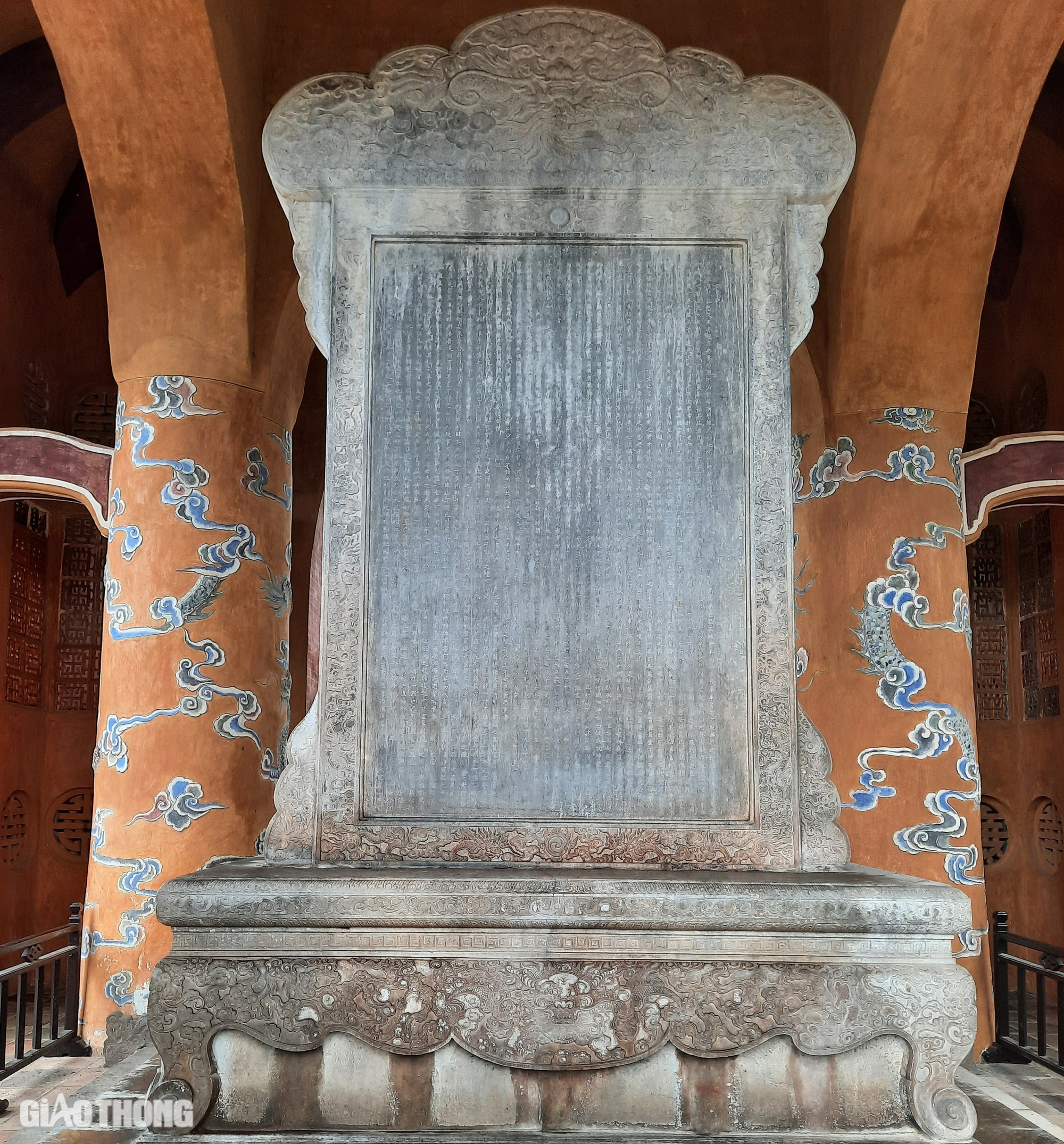
The forehead of the Khiem Cung Ky stele is shaped like a bell, embossed with the “long van” design with a dragon face on the front and a twisted tail below, surrounded by clouds and fire knives. The four corners have stele ears, embossed with four dragon images, of which the two stele ears above are embossed with the “long thang” design; the four stele ears below are embossed with the “hoi long” design. The border of the stele is embossed with the designs “luong long trieu nhat”, “long thang”, “long deong”…
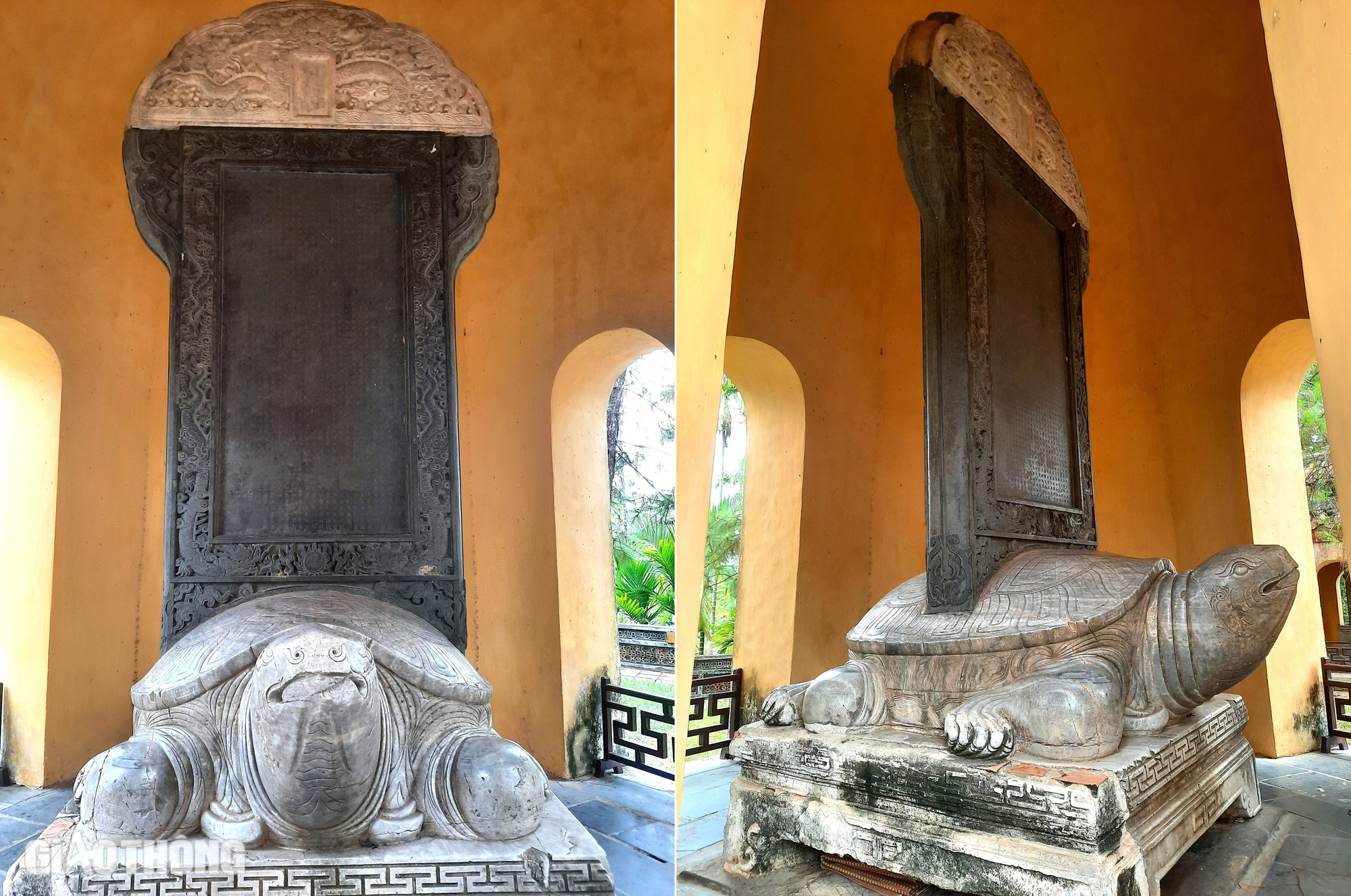
The stele “Royal View of Thien Mu Pagoda” at Thien Mu Pagoda was recognized as a National Treasure in 2020. The stele was erected by Lord Nguyen Phuc Chu in 1715 during the major renovation of Thien Mu Pagoda. It is one of the rare relics of the Nguyen Dynasty with unique values that are still preserved almost intact.

On the stele “Ngu kien Thien Mu Tu” is engraved the inscription and inscription of Lord Nguyen Phuc Chu, including 1,250 Chinese characters (not including the characters on the stele forehead and the seals). The stele “Ngu kien Thien Mu Tu” is a unique stone sculpture of Vietnam in the early 18th century with the largest size among the stone steles of the Nguyen Lords.
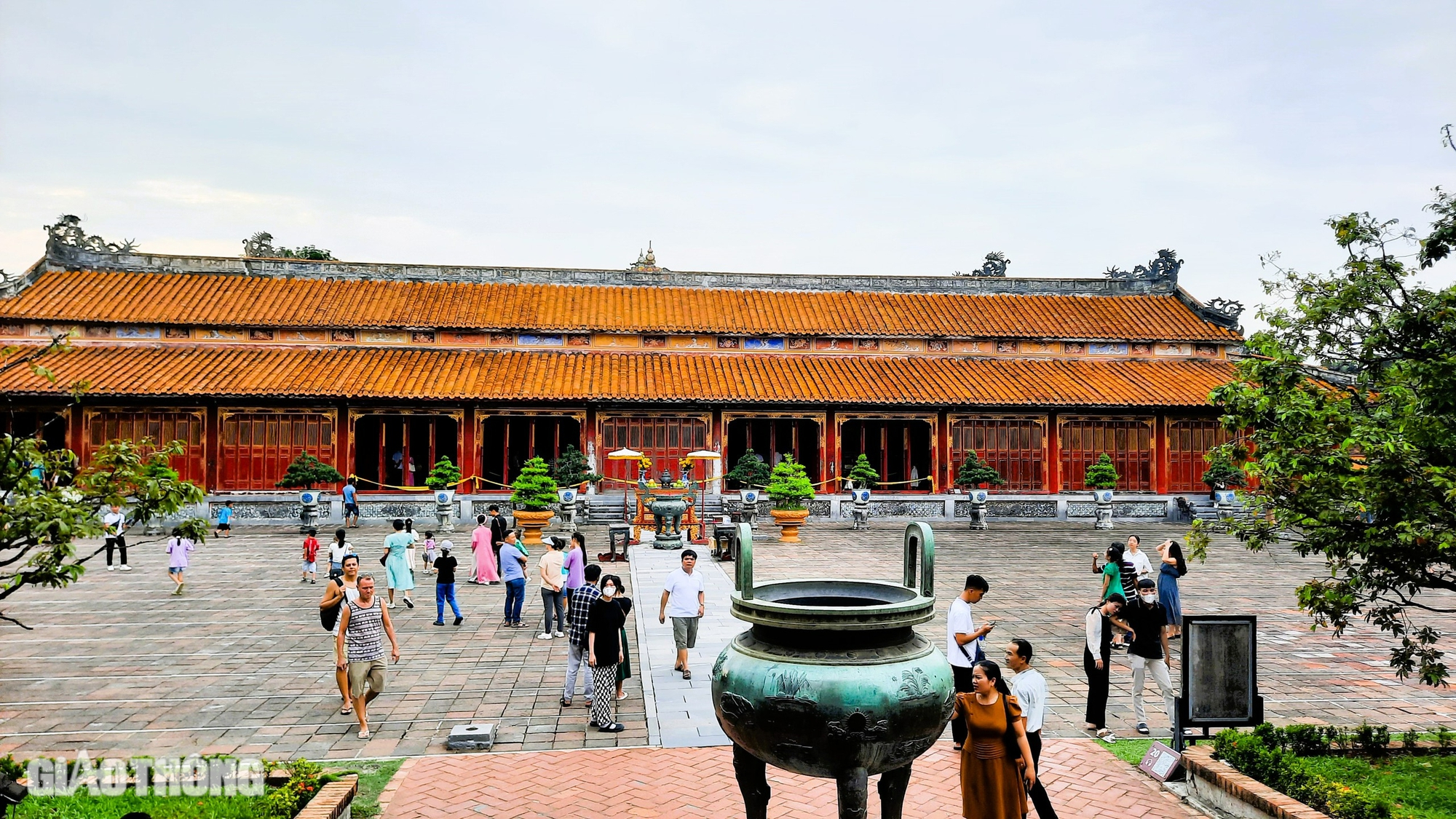
The Nine Tripod Cauldrons were recognized as Vietnam’s National Treasure in 2012. The Nine Tripod Cauldrons are nine bronze cauldrons cast from 1835, completed in 1837 under the reign of King Minh Mang (1820-1841), and placed in the courtyard of The Mieu – Hue Imperial City. Each cauldron is decorated with 17 reliefs and two Chinese characters bearing the cauldron’s name, corresponding to the temple names of the kings worshiped in The Mieu.
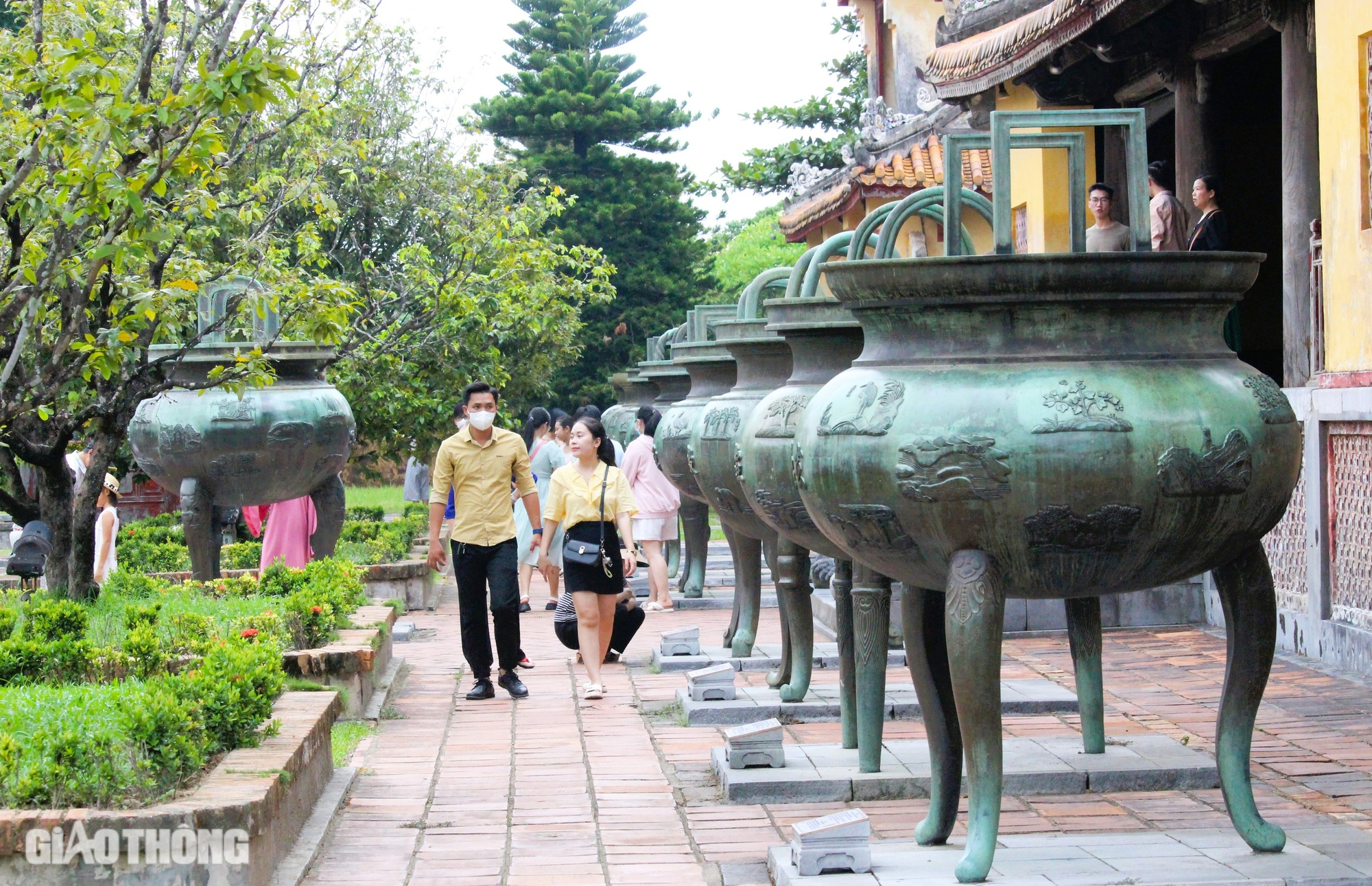
The nine urns include: Cao urns, Nhan urns, Chuong urns, Anh urns, Nghi urns, Thuan urns, Tuyen urns, Du urns, and Huyen urns. On the mouth of each urns are engraved two lines of Chinese characters, recording the casting date and weight of the urns. Of which, Cao urns are 2.5m high and weigh 2,601kg – the tallest and heaviest urns. Huyen urns are 2.31m high and weigh 1,935kg – the shortest and lightest urns.
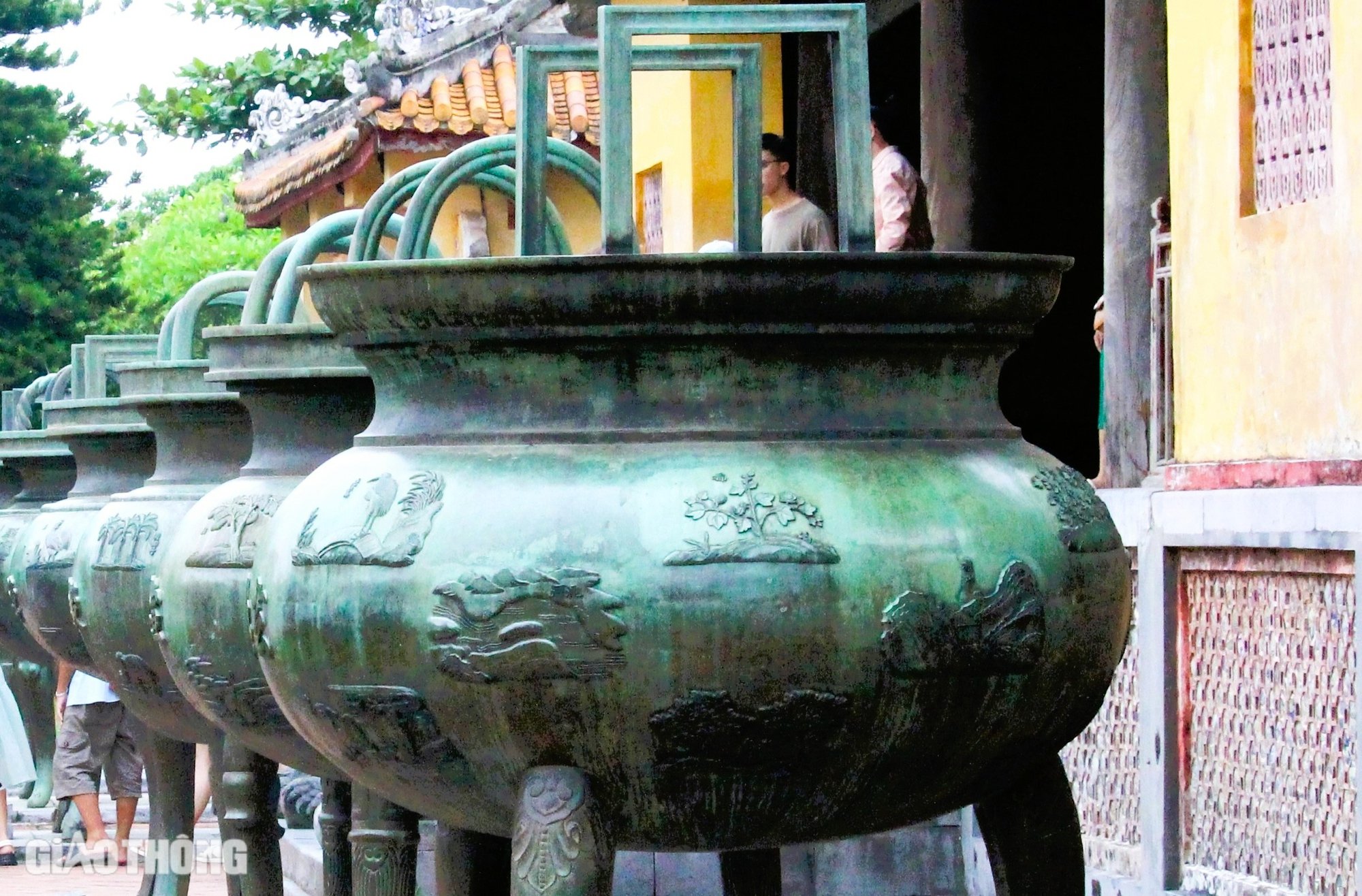
Notably, although the Nine Tripod Cauldrons are similar in shape to the round, three-legged, two-handled cauldrons, there is a diversity and richness in decorative styles and themes among the cauldrons, which comprehensively depict images of the universe, creatures, plants, mountains and rivers, artifacts, etc., all of which are exquisitely embossed. The Nine Tripod Cauldrons are the pinnacle of Vietnamese bronze casting art in the 19th century.
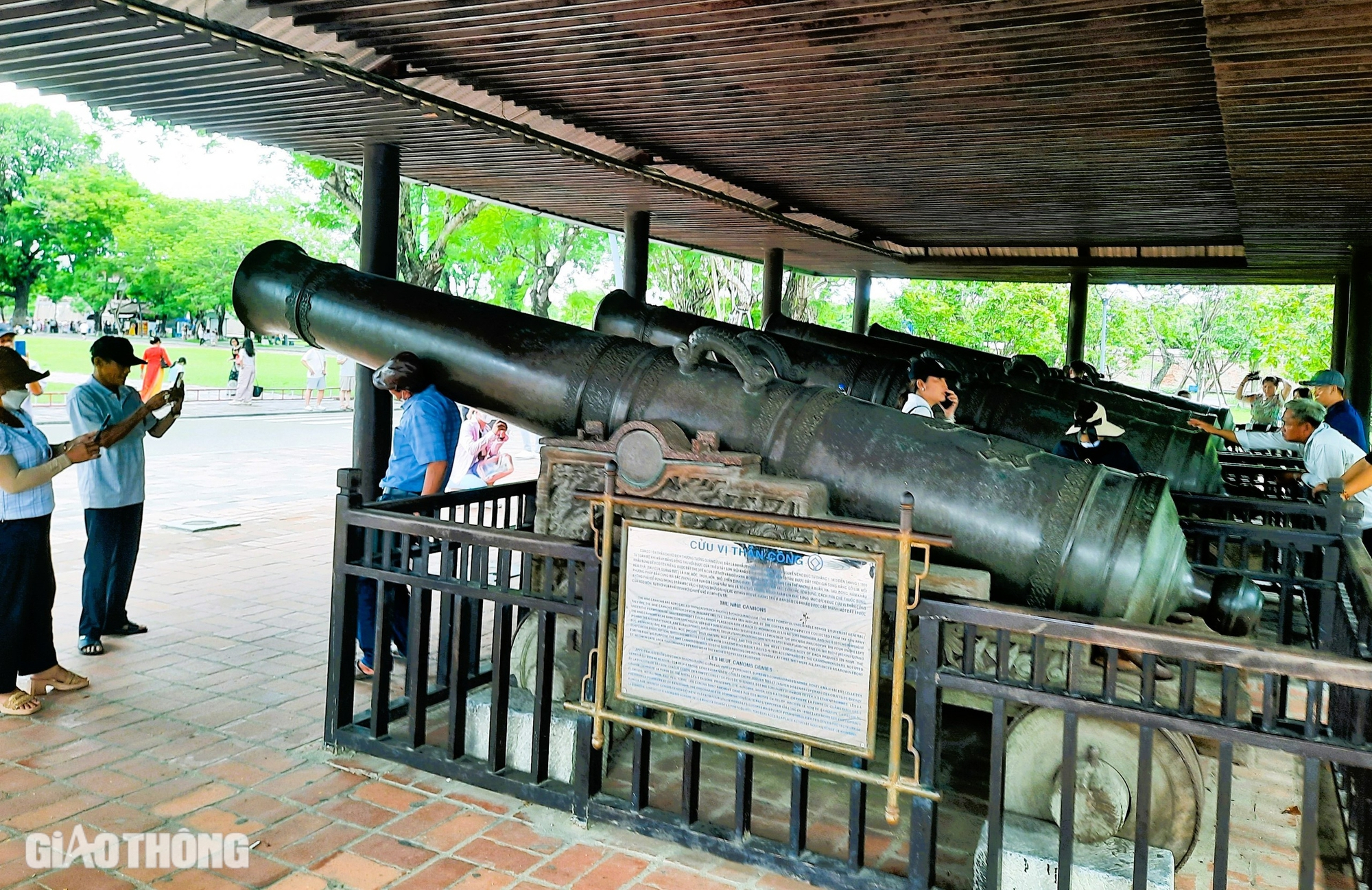
The Nine Cannons of the Nguyen Dynasty were recognized as a National Treasure in 2012. The Nine Cannons is the common name for nine cannons cast in 1803 under the reign of King Gia Long (1802-1820), of similar size, each about 5.15m long, weighing over 10 tons, placed on a gun stand made of ironwood.
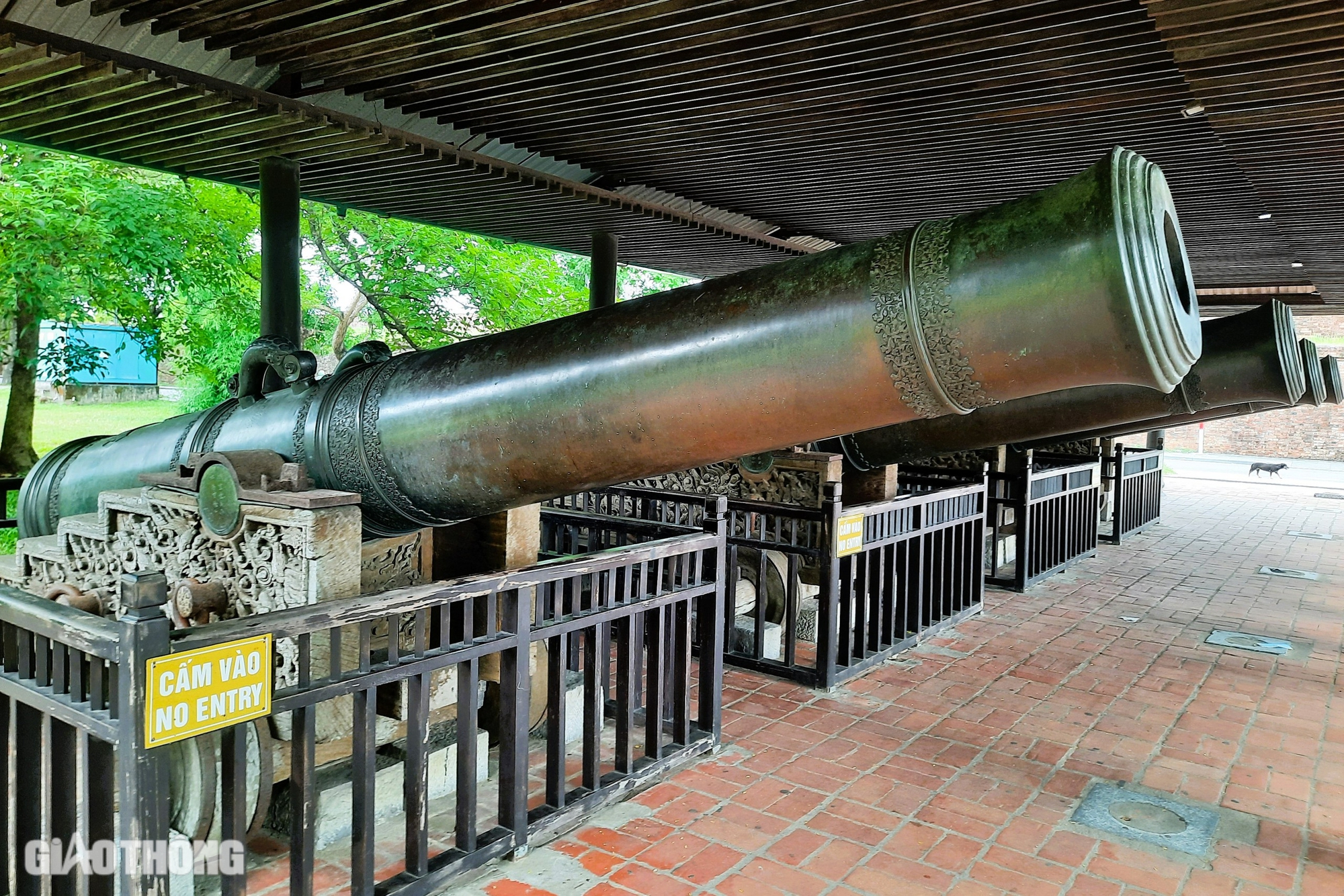
Each cannon is engraved with a name on the tail of the gun in order from 1 to 9 corresponding to the four seasons and the five elements. The 4 cannons on the left (behind The Nhon gate) are in order from 1 to 4 and are named after the four seasons (spring, summer, autumn, winter), the 5 cannons on the right (behind Quang Duc gate) are in order from 5 to 9 and are named after the five elements (wood, fire, earth, metal, water).
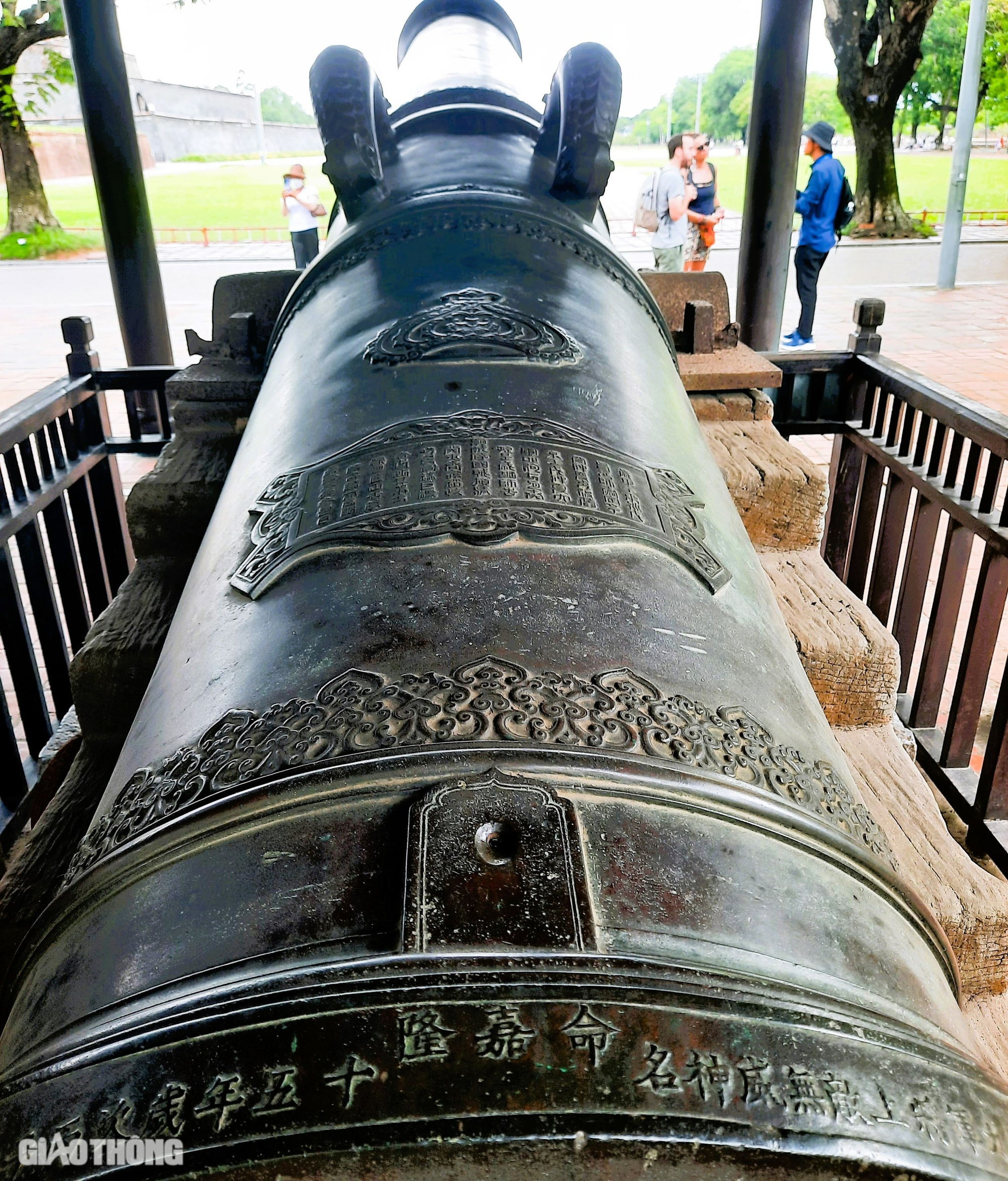
On the body of each cannon, there are cast words describing the use of gunpowder, the shooting method, and the names of the people involved in casting the cannons. In 1816, King Gia Long bestowed the title “Than Uy Vo Dich Thuong Tuong Quan” on these 9 cannons. This title and the year of the bestowal are also embossed on the belt at the end of the body of the 9 cannons.
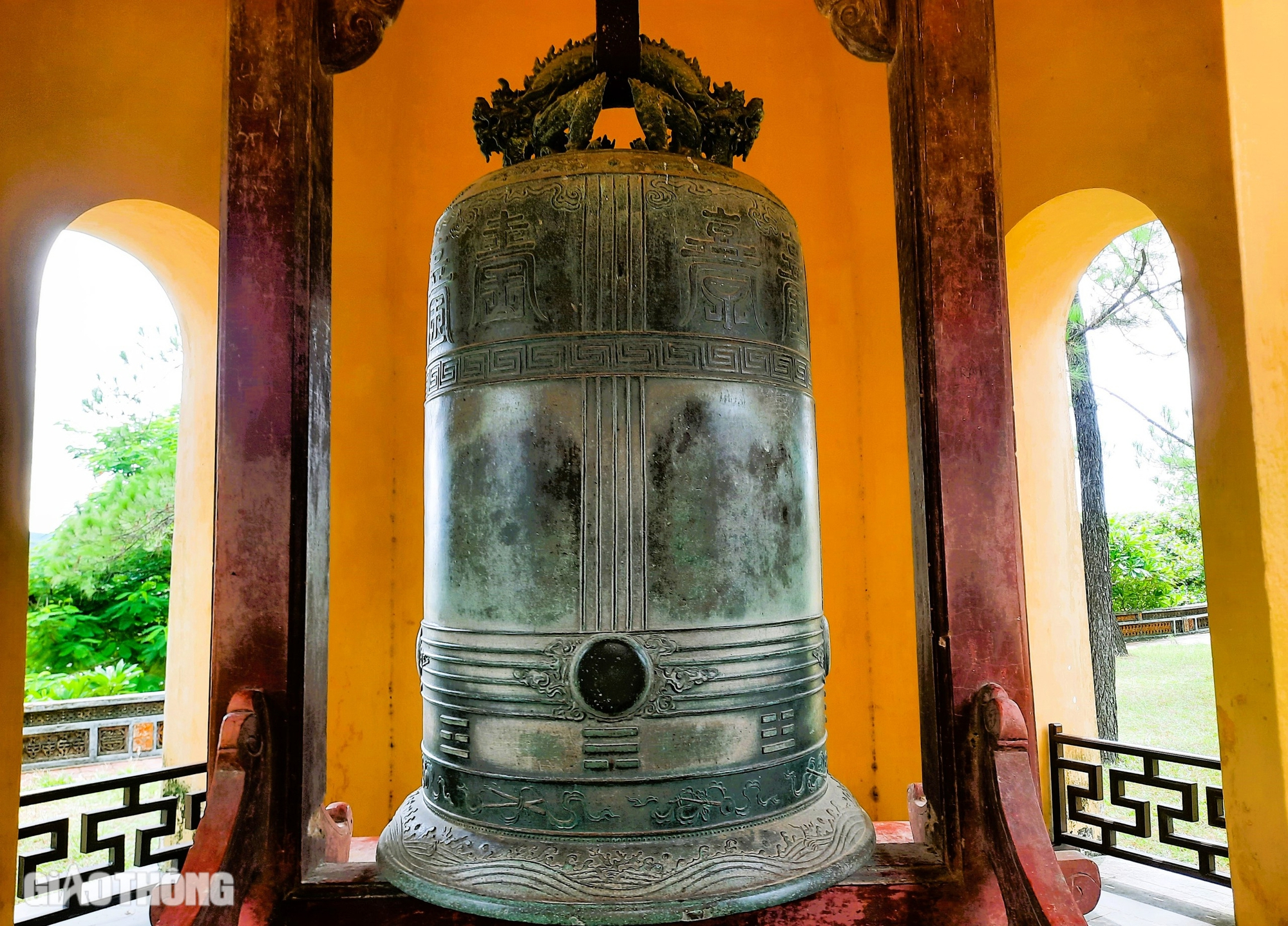
The Great Bell of Thien Mu Pagoda was recognized as a National Treasure in 2013. The Great Bell of Thien Mu Pagoda was cast by Lord Nguyen Phuc Chu, whose dharma name was Hung Long, in 1710 as an offering to the Triple Gem.
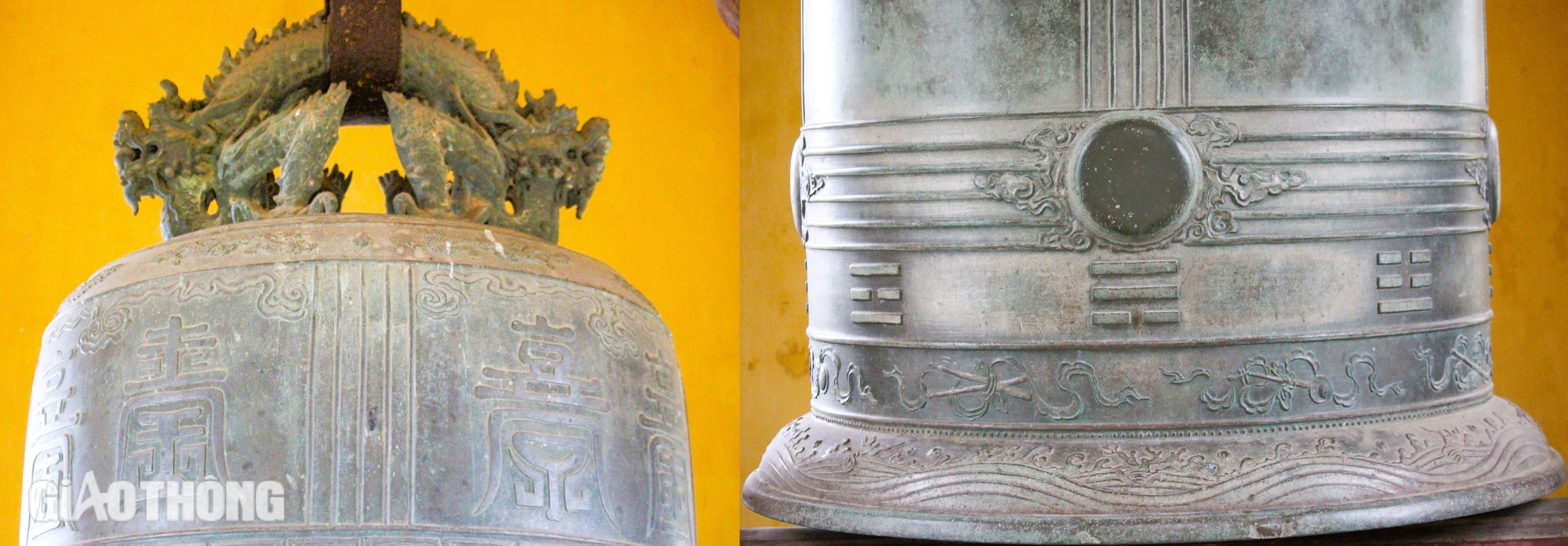
The bell weighs about 1,986kg, is 2.5m high, has a mouth diameter of 1.4m, has a balanced shape; the patterns on the bell body are elaborately carved, expressing wishes for favorable weather, national peace, and people's peace...
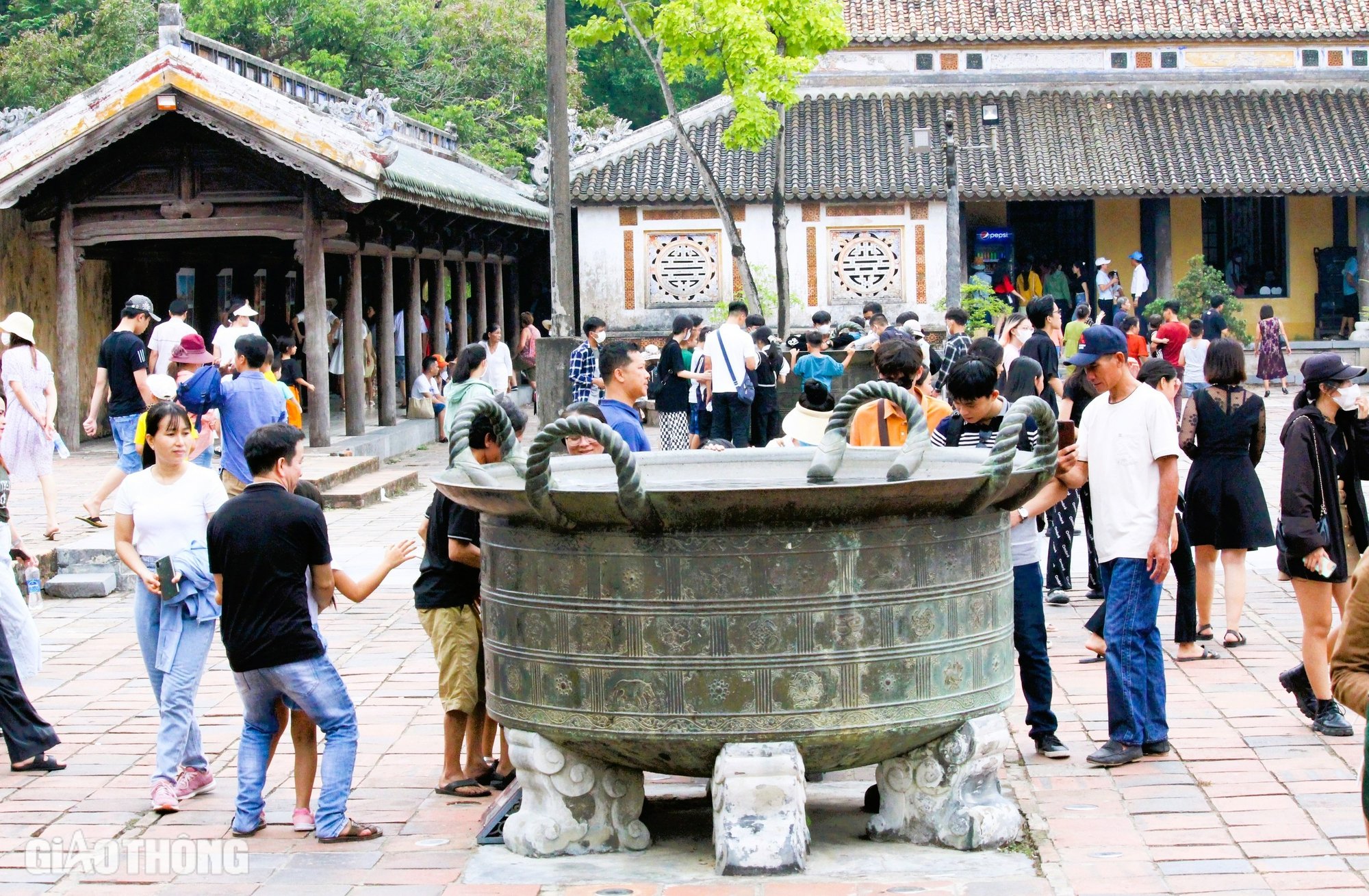
The Nguyen Lord Bronze Cauldron Collection includes 10 pieces with different sizes and weights, cast during the reign of Lord Hien Vuong Nguyen Phuc Tan (1648-1687).
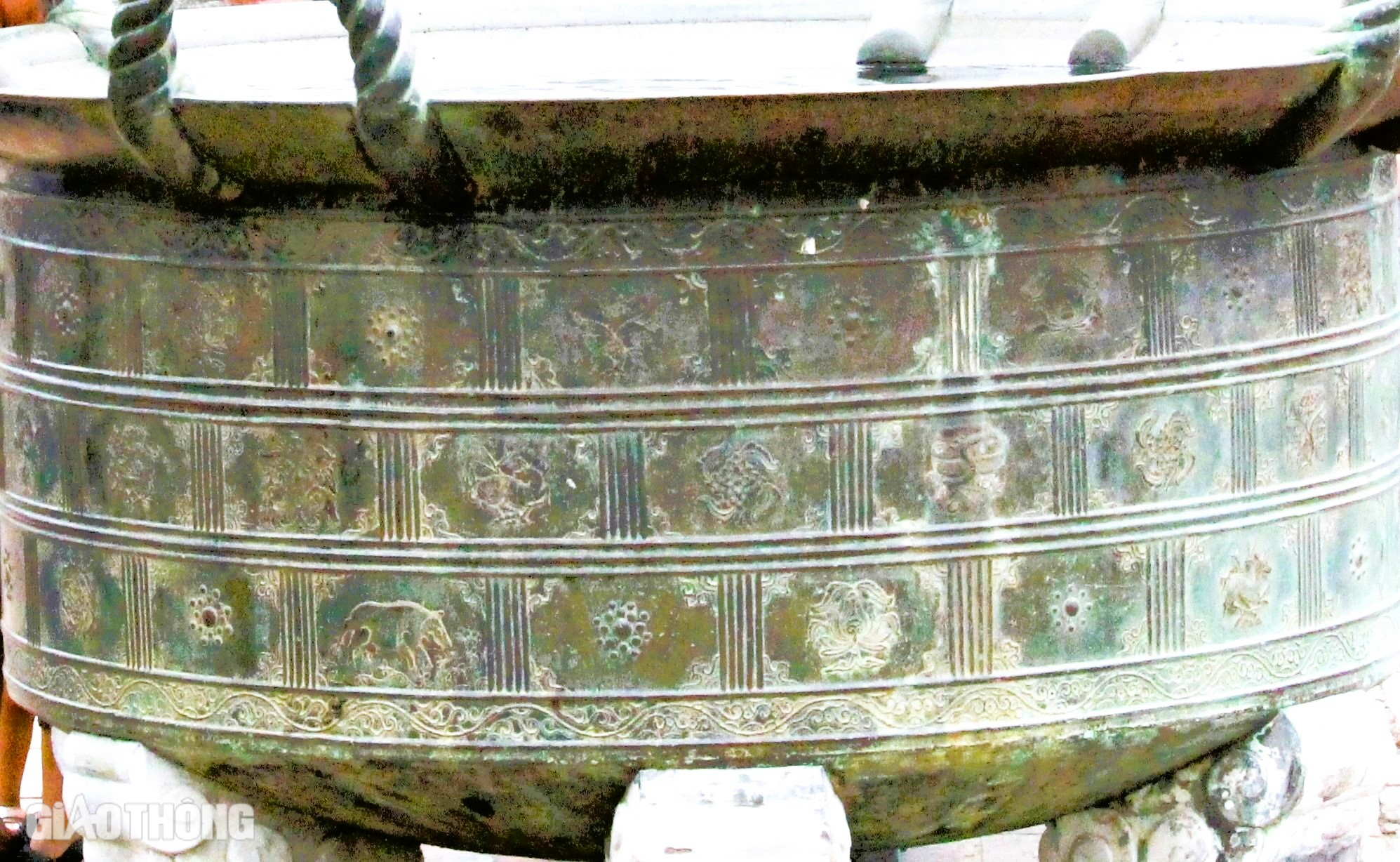
The cauldrons were cast at different times in the 17th century, the earliest dating to 1659 and the latest to 1684. The Nguyen Dynasty Bronze Cauldron Collection was recognized as a National Treasure of Vietnam in 2015.


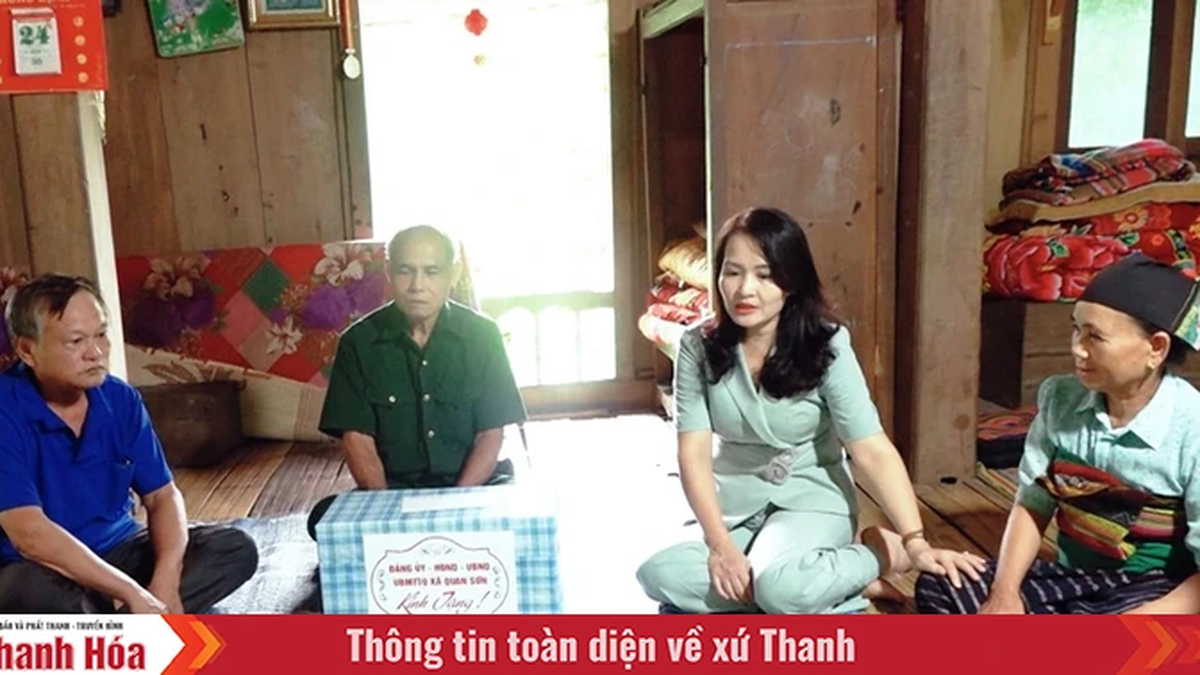
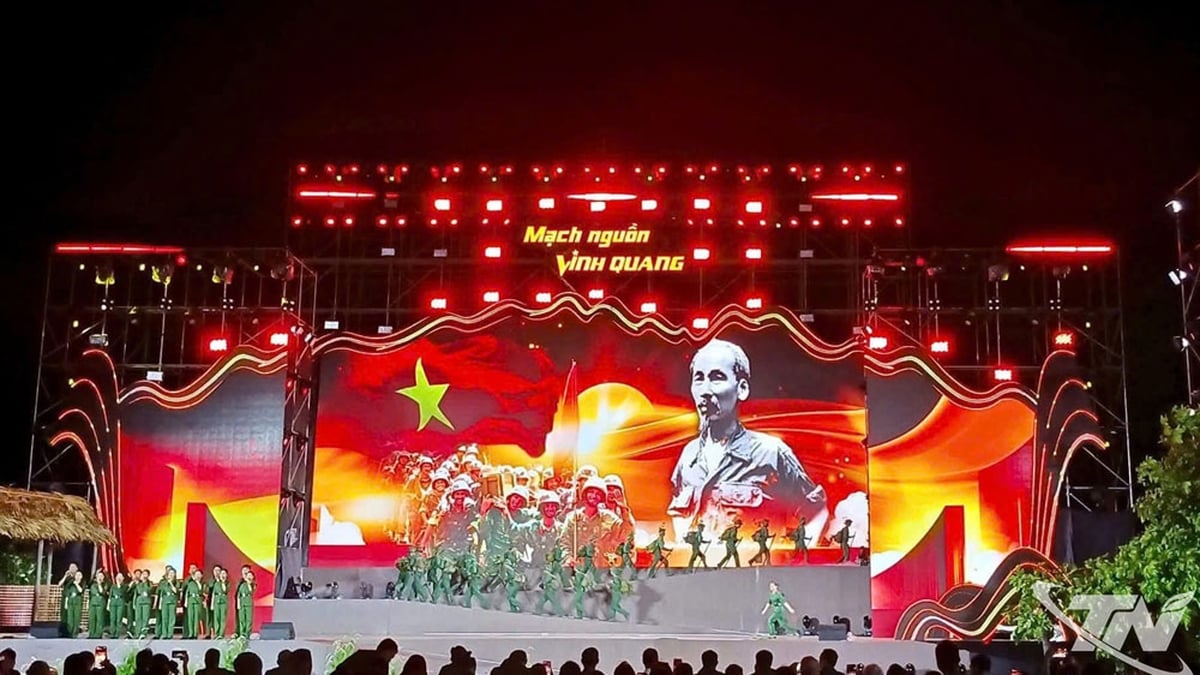
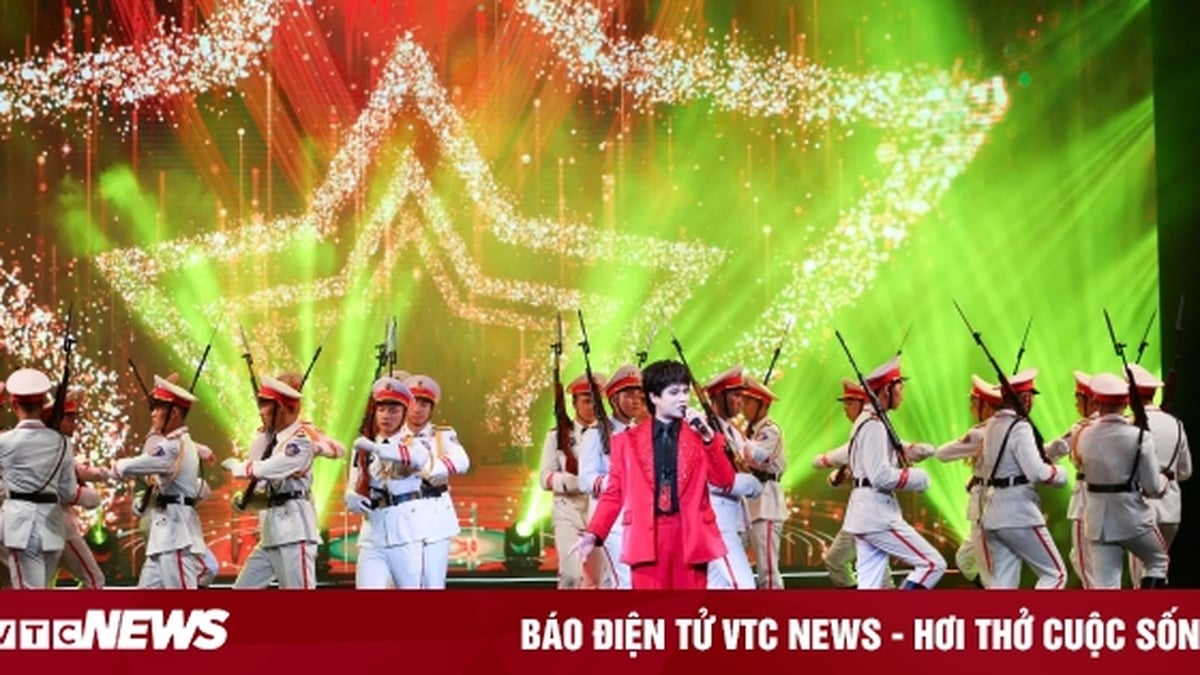




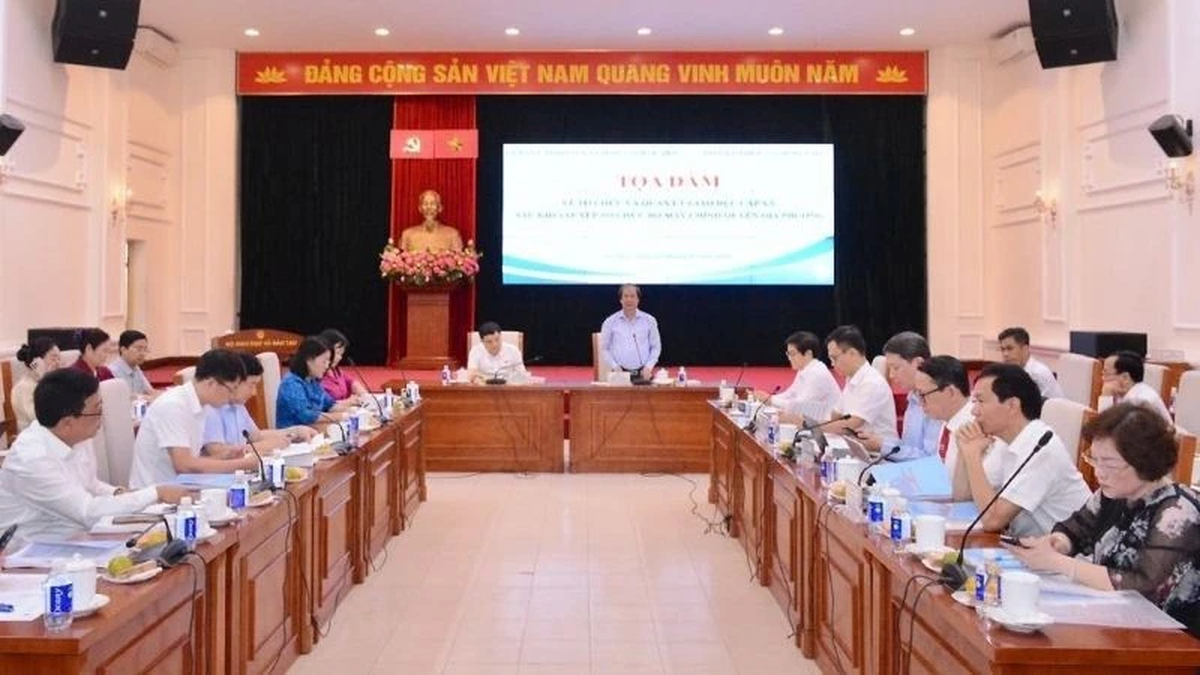

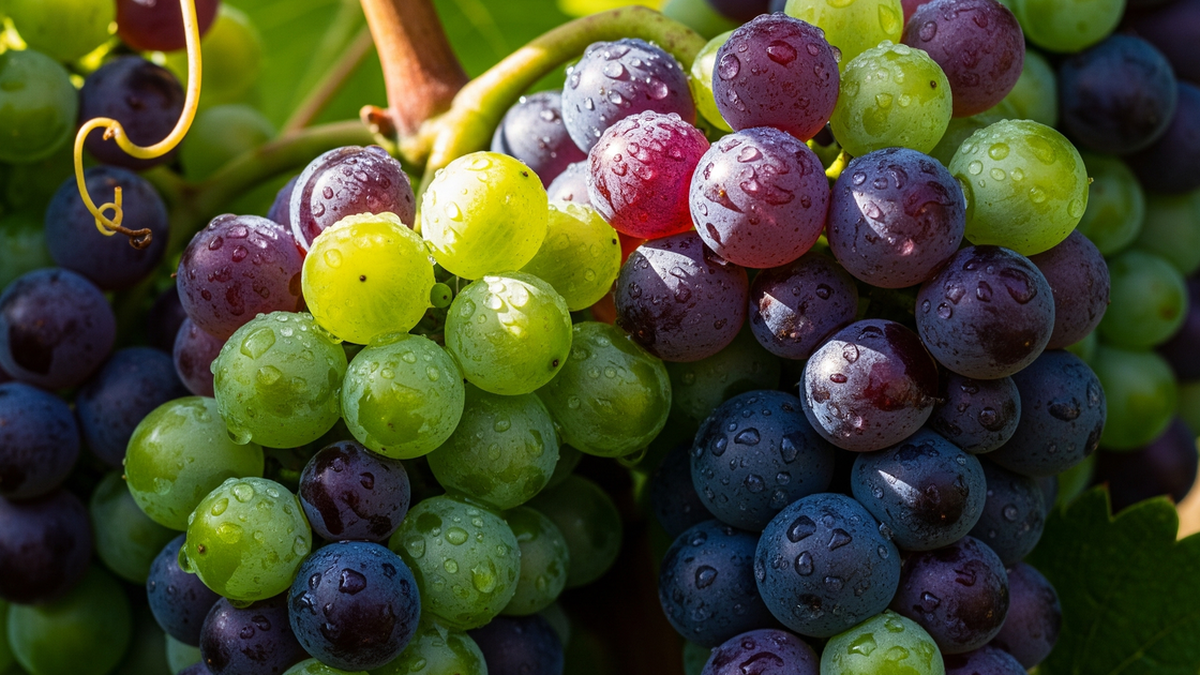






















































































Comment (0)